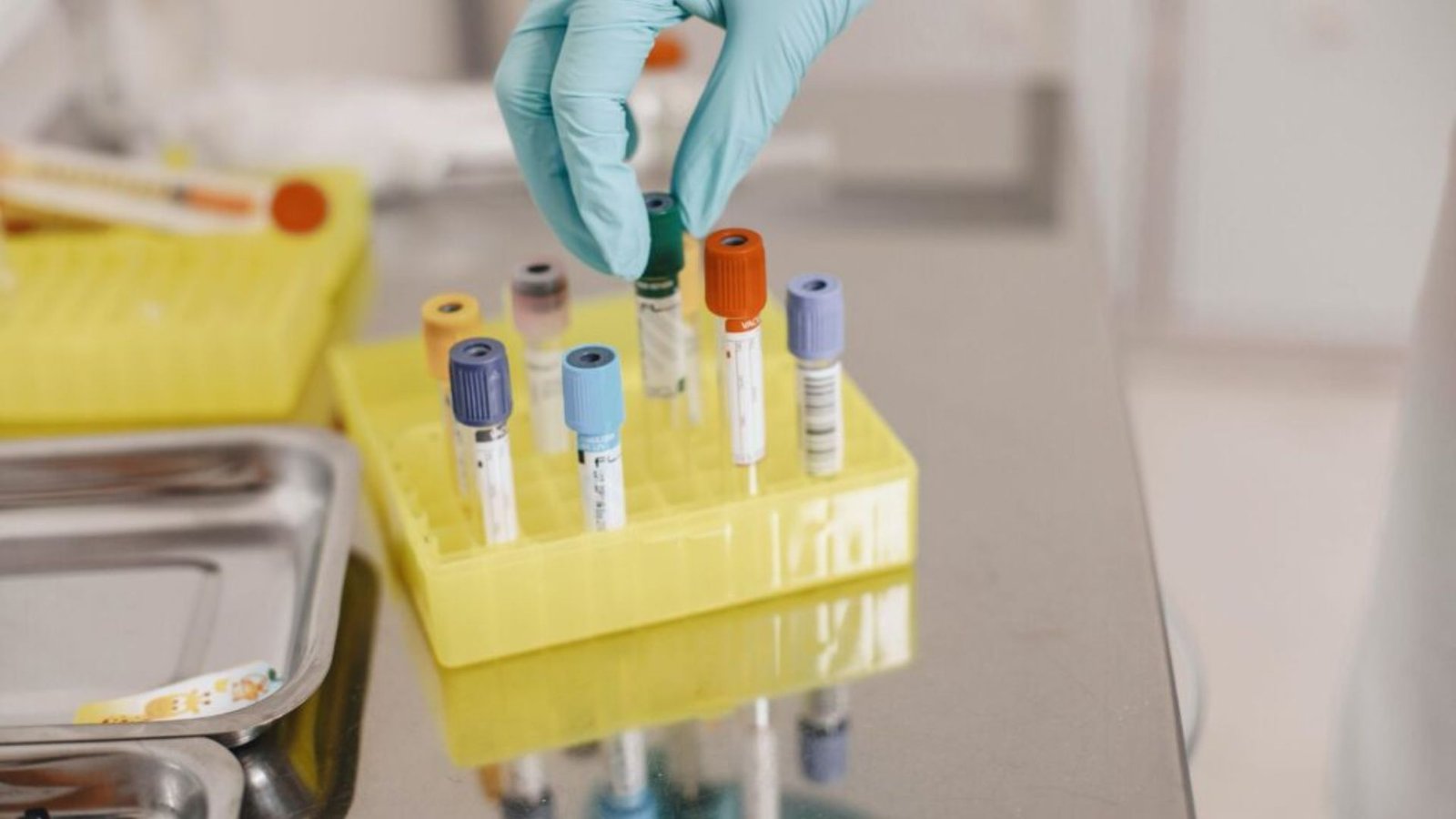Medical waste segregation is vital for ensuring safe disposal and reducing the risks associated with hazardous waste. By effectively separating waste at the source, healthcare facilities can minimize contamination, protect public health, and comply with regulations. Below are some effective strategies that healthcare providers can implement for successful medical waste segregation.

Understand the Types of Medical Waste
To implement effective waste segregation, healthcare workers must first understand the various types of medical waste. Medical waste typically falls into several categories: infectious waste, hazardous waste, sharps, and general waste. Infectious waste includes any materials that may harbor pathogens, such as used bandages or cultures. Hazardous waste contains toxic substances, like certain chemicals or pharmaceuticals. Sharps include needles, blades, and other pointed objects, while general waste comprises non-hazardous materials, such as paper and packaging. By recognizing these categories, staff can better segregate waste appropriately.
Implement Color-Coded Bins
One of the most effective strategies for medical waste segregation involves using color-coded bins. Assign specific colors to different types of waste, which helps staff quickly identify the correct disposal method. For example, use red bins for infectious waste, yellow bins for hazardous waste, and puncture-proof containers for sharps. This visual aid simplifies the segregation process and reduces the likelihood of errors. Ensure that bins are conveniently placed throughout the facility to encourage proper waste disposal.
Provide Comprehensive Training
Training healthcare staff on waste segregation practices is essential for success. Conduct regular training sessions that cover the importance of medical waste segregation, the types of waste generated, and the appropriate disposal methods for each category. Utilize visual aids, such as posters or handouts, to reinforce key points. Additionally, involve staff in hands-on training exercises, allowing them to practice proper segregation techniques in real-world scenarios. Ongoing education ensures that all employees stay informed about best practices and regulatory requirements.
Establish Clear Protocols
Developing and communicating clear protocols for waste segregation is critical for effective management. Create a comprehensive waste management plan that outlines the procedures for waste classification, handling, and disposal. Distribute this plan to all staff members and make it easily accessible for reference. Regularly review and update these protocols to incorporate new regulations or technologies. Establishing a systematic approach ensures consistency in waste management practices across the facility.
Foster a Culture of Accountability
Encouraging a culture of accountability within the healthcare facility significantly enhances medical waste segregation efforts. Promote individual responsibility by emphasizing that every staff member plays a role in waste management. Encourage open communication about waste disposal practices and provide a platform for staff to share concerns or suggestions. Recognizing and rewarding employees who demonstrate exemplary waste segregation practices can also motivate others to adopt similar behaviors.
Monitor and Evaluate Waste Segregation Practices
Regular monitoring and evaluation of waste segregation practices are essential for continuous improvement. Conduct audits to assess compliance with segregation protocols and identify areas for enhancement. Gather data on waste types and volumes to understand waste generation patterns within the facility. Use this information to make informed decisions about waste management strategies. Providing feedback to staff based on audit results helps reinforce the importance of proper segregation and encourages ongoing adherence to best practices.
Conclusion
Effective medical waste management is crucial for minimizing health risks and environmental impacts. By understanding the types of waste, implementing colour-coded bins, providing comprehensive training, establishing clear protocols, fostering a culture of accountability, and monitoring practices, healthcare facilities can significantly improve their waste management efforts. These strategies not only ensure compliance with regulations but also promote a safer environment for patients, staff, and the community.




